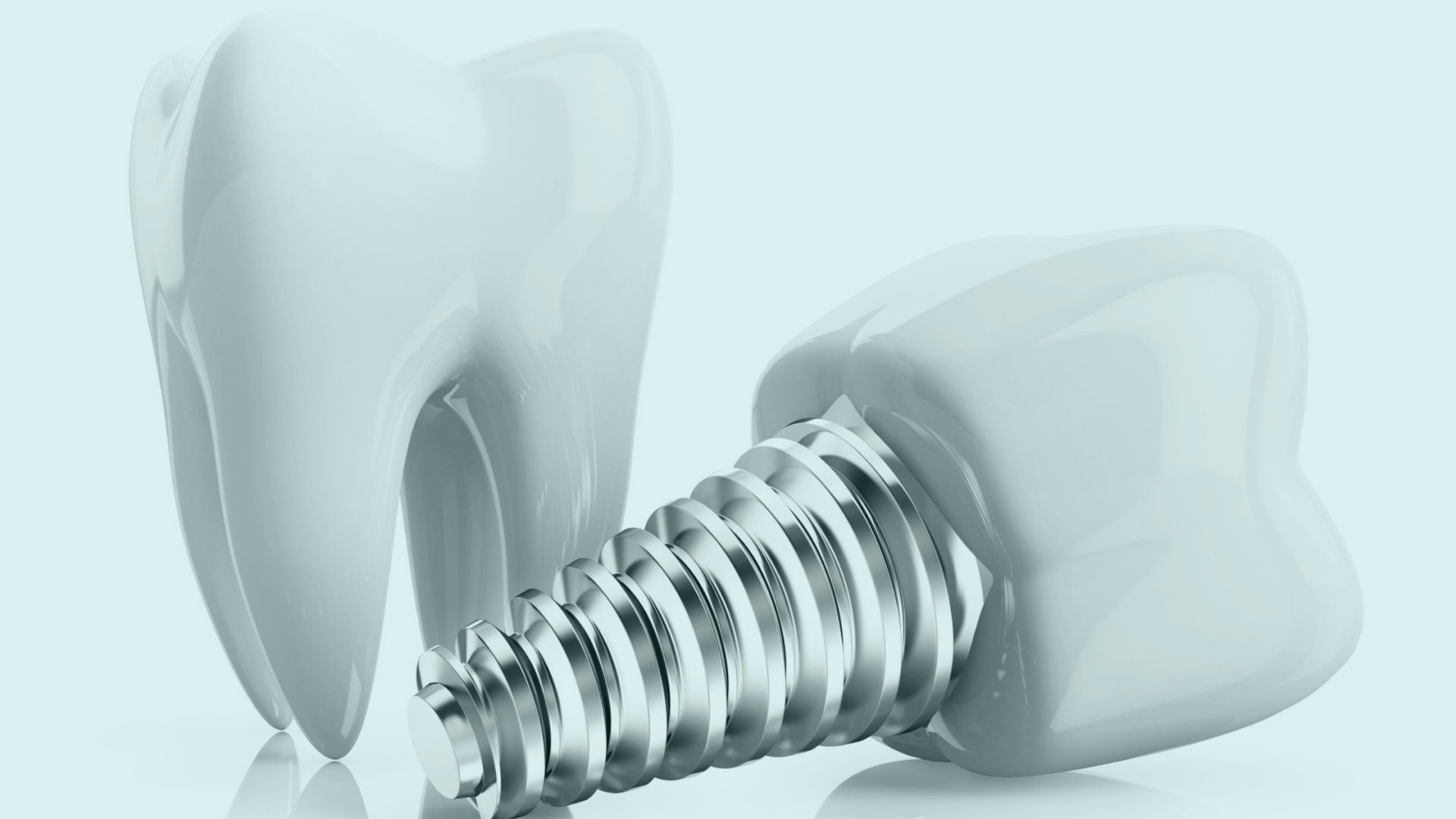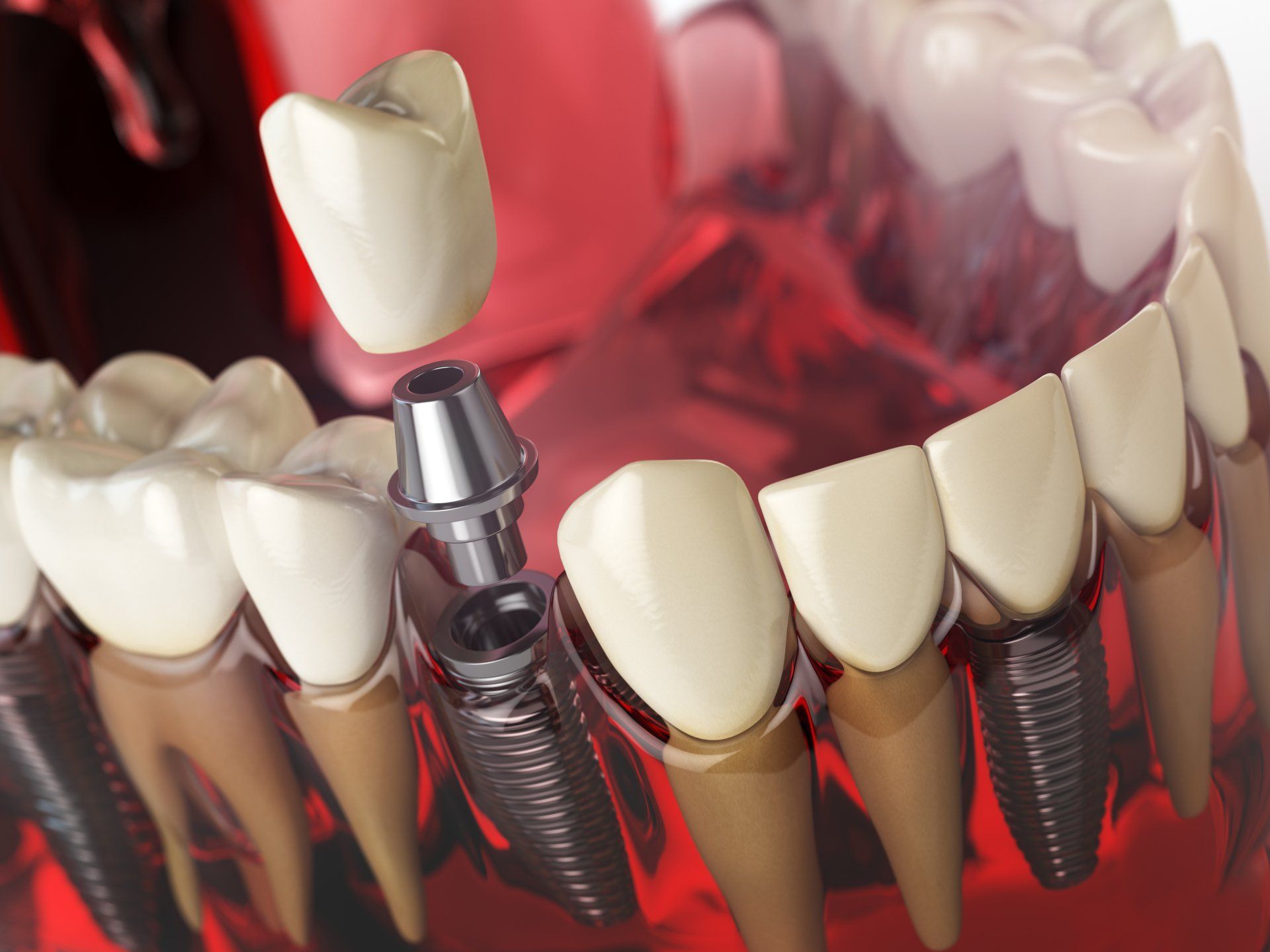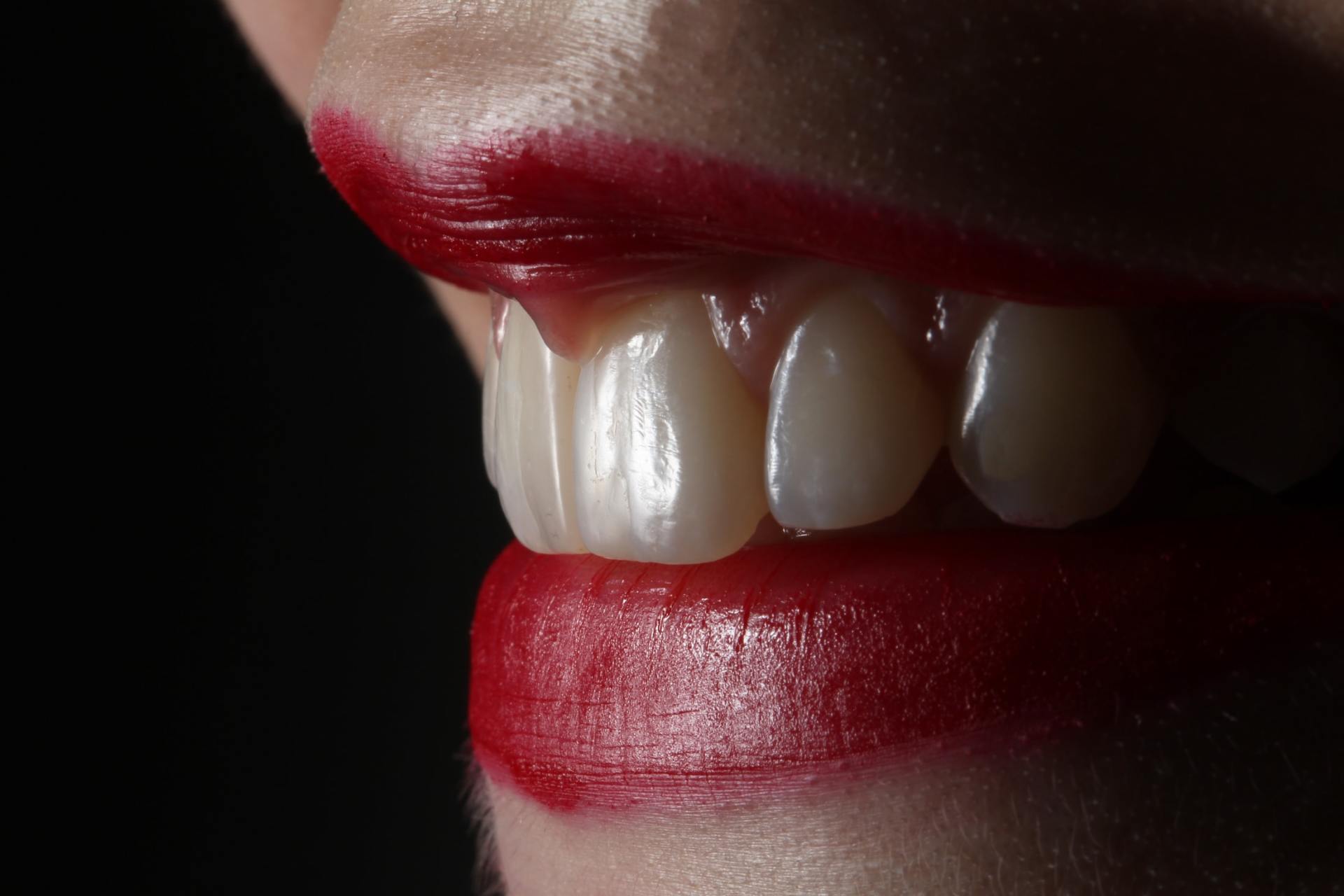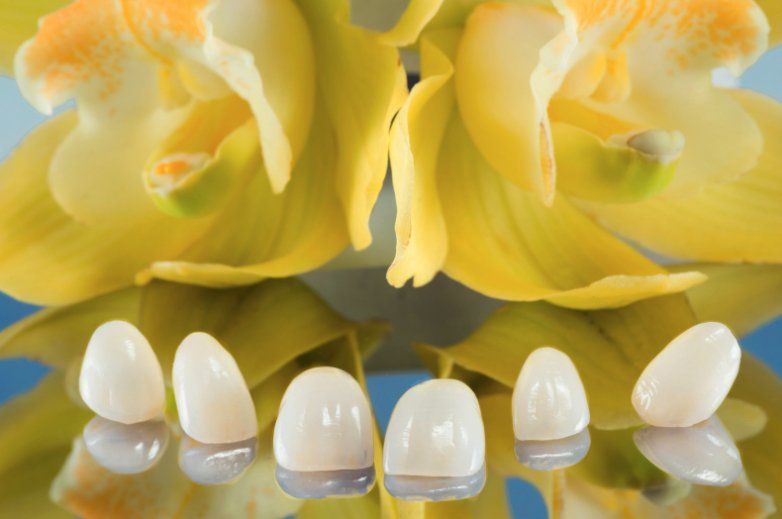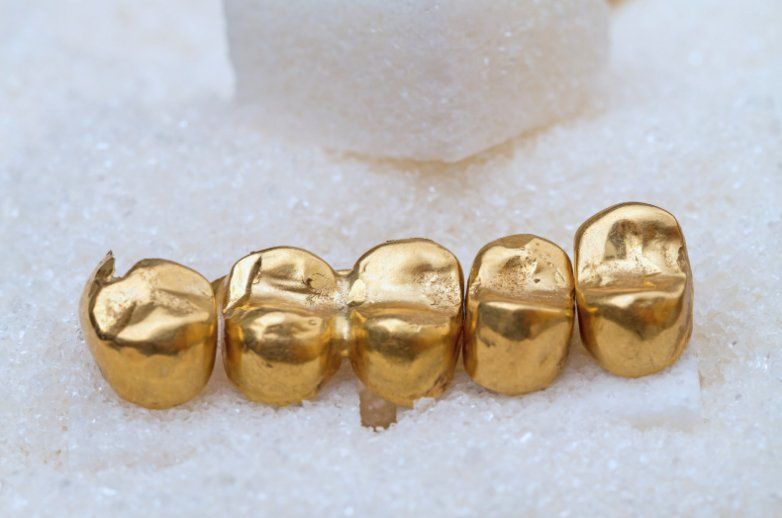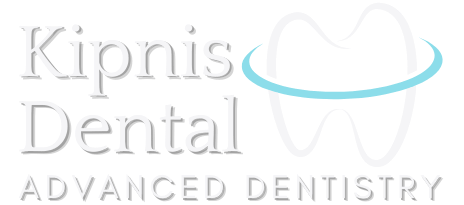Different Types of Dental Implants
Replacement of missing teeth with dentures or bridges is a popular method to restore oral functions in patients.
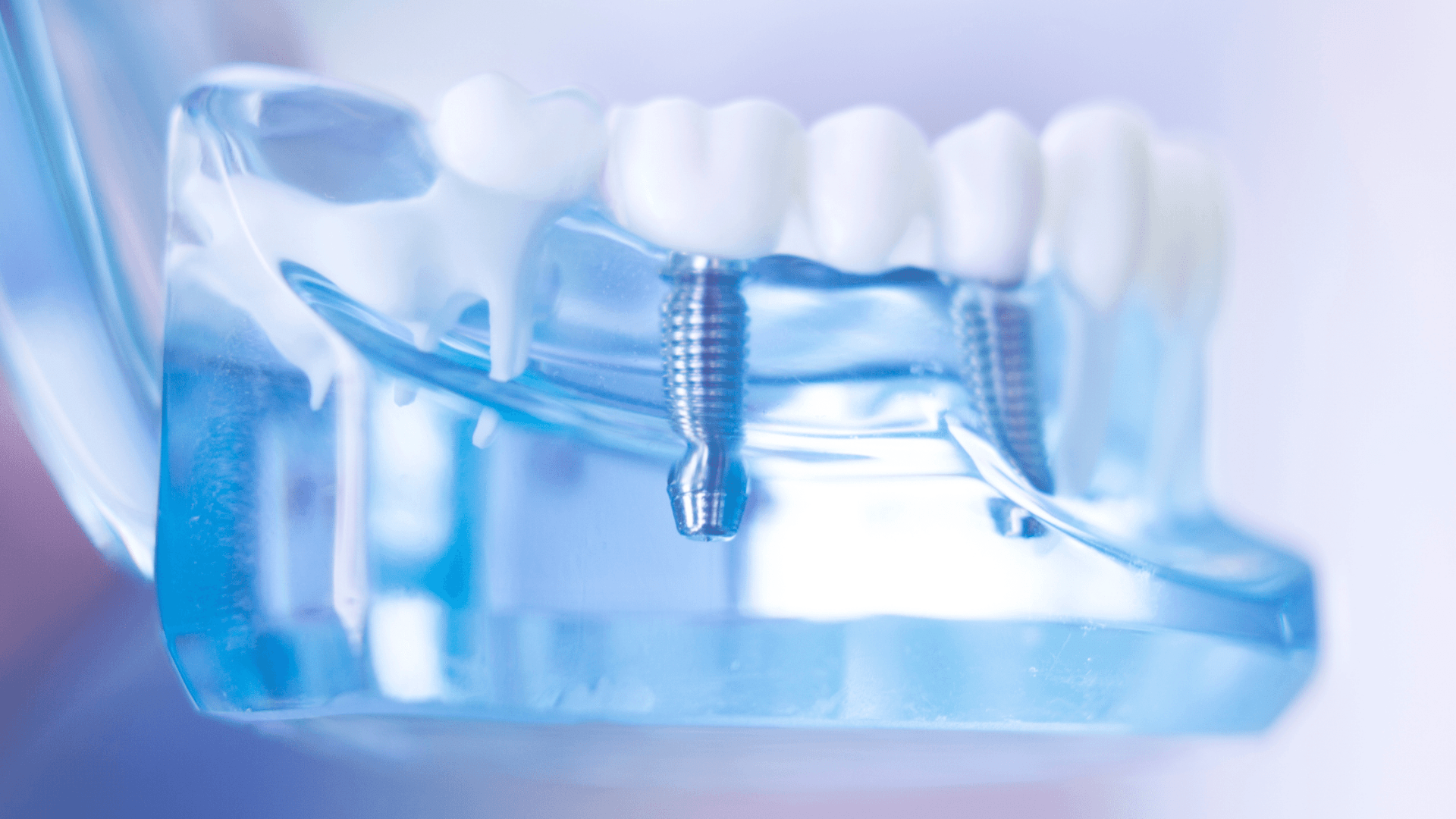
A major advancement in dentistry has been the introduction of the dental implant—an artificial device used to replace missing teeth. Development of dental implant technology has resulted in improved comfort and better appearance for patients. Dentists also recommend dental implants over the traditional methods of rehabilitation due to its superior success rates.
In this article, we explain the types of
dental implants and different prosthetic options that we offer at Kipnis Dental - the top dental clinic in South Brooklyn. The advantages of our clinic is our integration with a full service laboratory on premises that uses advanced digital technology to acquire and perfect smile designs for any of your implant needs.
The two major types of dental implants are:
- Subperiosteal:
Subperiosteal type includes a metal framework with metal posts, secured on or above the jawbone but underneath the gum (metal posts projecting above the gum). This type is uncommon and is mainly used in patients with insufficient or unhealthy bone. The procedure to place a subperiosteal implant is time-consuming and has a low success rate. - Endosteal or Endosseous implants:
Endosseous implants are the most commonly used screw-shaped implants. These implants mimic the shape of a natural root of a tooth and are surgically inserted into the jaw bone (both upper and lower) at the site of missing tooth or teeth. Endosseous implants are allowed to heal and attach to the surrounding bone before the placement of the crown. The formation of a connection between the implant and jaw bone, post-implant insertion, is called osseointegration. A good osseointegration allows the implant to withstand heavy chewing forces. The osseointegrated implants are then rehabilitated with prosthetic appliances.
Prosthetic options for replacement of missing teeth with dental implants are:
- Single crown or Implant-supported bridge:
A single crown is fabricated on a single implant and inserted to restore a missing tooth in either jaw. The implant-supported bridge includes a set of joint crowns screwed directly into implants. For example, if 3 consecutive teeth are missing, then all 3 teeth are restored either using 3 implants with 3 crowns (splinted or non-splinted) or with 2 implants placed on terminal missing teeth supporting 3-unit crowns. The prosthesis comprises only white teeth, with no pink gums or underlying metal for additional support. They are mainly preferred in young patients with normal gum line or older patients with no display of gums while smiling or talking. - Denture implants:
These are used to rehabilitate patients with complete edentulism (full mouth missing teeth). Edentulism is a debilitating condition that can have an impact on patients’ nutrition, aesthetics, social life, and may instill a low self-esteem. The use of conventional dentures has reported a significant level of dissatisfaction among denture wearers due to ill-fitting of dentures, frequent mouth sores, and failure to eat a variety of food. Research suggests that implant-supported prosthesis is an effective treatment option for edentulous patients as the use of implants preserves the existing bone and provides better retention, stability, and esthetics compared to conventional dentures. These are mainly of two types: Overdentures and Hybrid dentures. - Overdentures:
Overdentures are removable denture prostheses, considered better alternatives to conventional dentures. Overdentures are made out of acrylic and supported by dental implants. These acrylic dentures fit over implants with the help of bar and clips. Overdentures can be removed for cleaning. A minimum of two-implant overdenture in lower jaw and four well-spaced implants in upper jaw are recommended for stable implant-supported overdenture in healthy bone.
Patients with overdenture have higher satisfaction due to enhanced appearance, better chewing efficiency, and lower bone loss compared to conventional dentures. However, it may take up to 6 months to complete the procedure and regular removal of denture may hinder its stability. - Hybrid dentures
Hybrid dentures are more reliable and stable alternatives to conventional dentures. These implant-supported prostheses are of fixed type and can only be removed by the dentist during appointments. The word “Hybrid” refers to the combination of different materials used to fabricate the different parts of the prosthesis.
Materials such as Titanium or Pekkton are used to fabricate underlying support bars, composite resins or porcelain are used for pink gums, and acrylic, zirconia (cubic or monolithic, zirconia layered), or Lithium disilicate (Emax) are used for teeth. Overall, hybrid dentures have higher stability, are less bulky, and more aesthetically attractive than overdentures. However, food impaction, speech problems, and inability to remove and clean on a daily basis are some of the drawbacks.
Zirconia full bars: Until few years, titanium material was considered the material of choice for the construction of the bar. However, recently metal-free prostheses, especially zirconia, is gaining popularity in bar construction. This is due to the following properties:
- Excellent biocompatibility
- No galvanic effect (electrical current discharged) due to absence of metal
- Good aesthetics
- High dimensional stability
- Low plaque accumulation and ability to maintain good hygiene due to the presence of smooth surface
Zirconia bars are manufactured using high precision CAD-CAM (Computer-Aided Design and Computer-Aided Manufacturing) technology. It has been observed that patients prefer zirconia bars. But the high cost and rigidity (cannot be adjusted in the mouth) of the zirconia bars over titanium bars are an area of concern.
There are several implant systems available in the market. Here are some of the features to choose from while choosing an implant system.
- Material: Commercially pure titanium and titanium alloys are the most commonly preferred materials for dental implants procedures. Lately, bio-active ceramics (zirconia) have also been introduced in the market. Zirconia implants offer better aesthetics and are soft tissue friendly as they cause less plaque accumulation. However, due to different material properties, zirconia is expensive and used only for single tooth and bridge replacement.
- Shape: The shape of the implant is either tapered or parallel. Tapered implants should be preferred as they instill better implant stability.
- Surface design: The implant surface is represented as threaded or non-threaded. The threaded type should be preferred over the non-threaded, as they improve the implant stability and help dissipate the stress better. V-shaped, square-shaped, and reverse buttress are thread designs present on threaded implants. Of all, square thread design offers more bone-implant contact.
- Surface texture: Implant surface texture can be rough or smooth. A rough-surfaced implant provides a better connection between the implant and the surrounding bone.
- Implant length: Implant length varies from 7-18mm. The length of the implant to be used is decided based on the available vertical bone height. Longer the implant, the better are the surface contact and implant stability.
Deciding on the right implant isn’t always easy. At Kipnis Dental, we assess factors such as the health of the bone, number of the teeth to be replaced, anatomical condition of the site, quality of the bone, patients’ medical condition, desire, and financial status. A well-chosen implant can help patients improve their oral health, comfort levels, and quality of life. If you're interested in dental implants, please schedule a consultation with Dr. Marina Kipnis to see what solution works best for you!
Contact
Office:
Email:
marinakipnis@hotmail.com
Address:
3041 Brighton 2nd St. Brooklyn NY 11235
Services
Dental Cleaning
Dental Veneers
Crowns & Bridge
Extractions
Gum Treatments
Implant Restoration
Invisalign
Root Canal
Sleep Apnea
Teeth Whitening
Dental Cleaning
Dental Veneers
Crowns & Bridge
Extractions
Gum Treatments
Implant Restoration
Invisalign
Root Canal
Sleep Apnea
Teeth Whitening
Quick Links
Designed by Keter Capital

